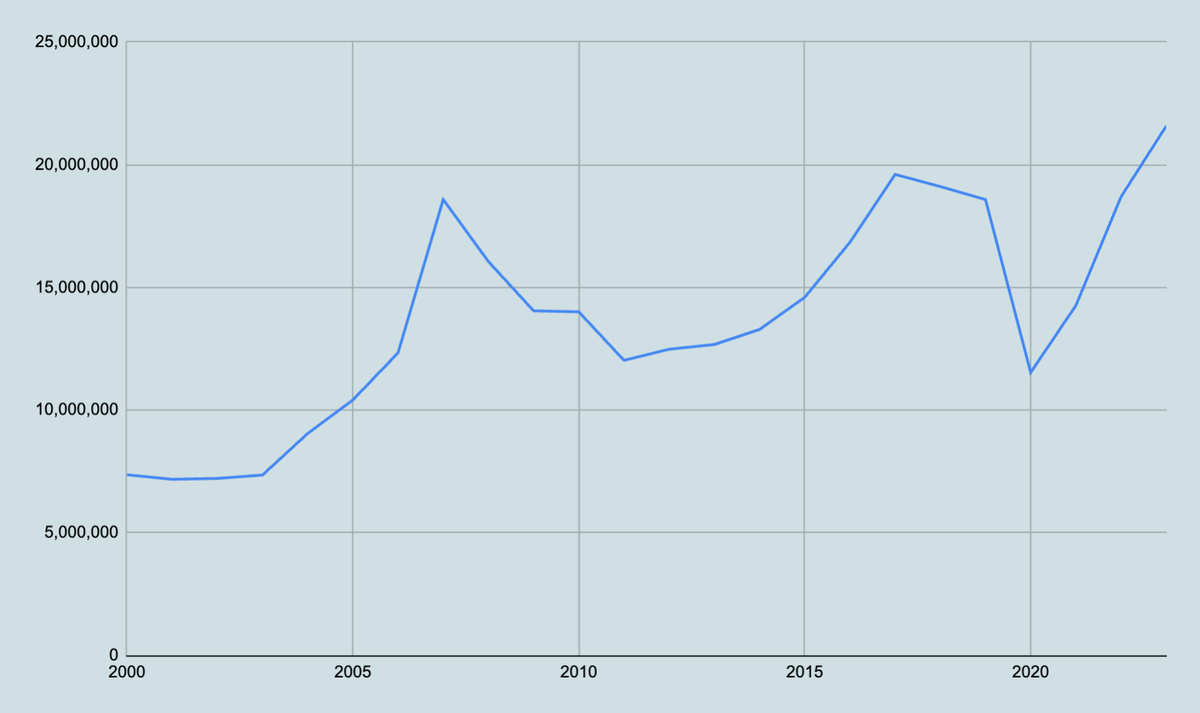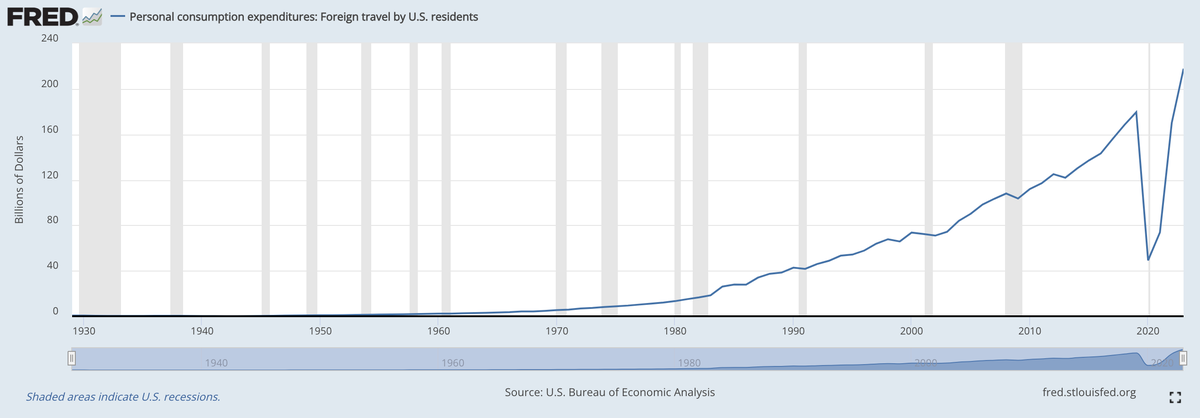Brett Holzhauer
Brett Holzhauer
Former Content Contributor
81 Published Articles
Countries Visited: 22U.S. States Visited: 29
Brett is a personal finance and travel junkie. Based out of Fort Lauderdale, he's had over 100 credit cards and earned millions of credit card rewards.
Edited by: Stella Shon
Stella Shon
Senior Features Editor
267 Published Articles 1092 Edited Articles
Countries Visited: 30U.S. States Visited: 32
With a degree in media and journalism, Stella has been in the points and miles game for more than 6 years. She most recently worked as a Corporate Communications Analyst for JetBlue. Find her work in ...



